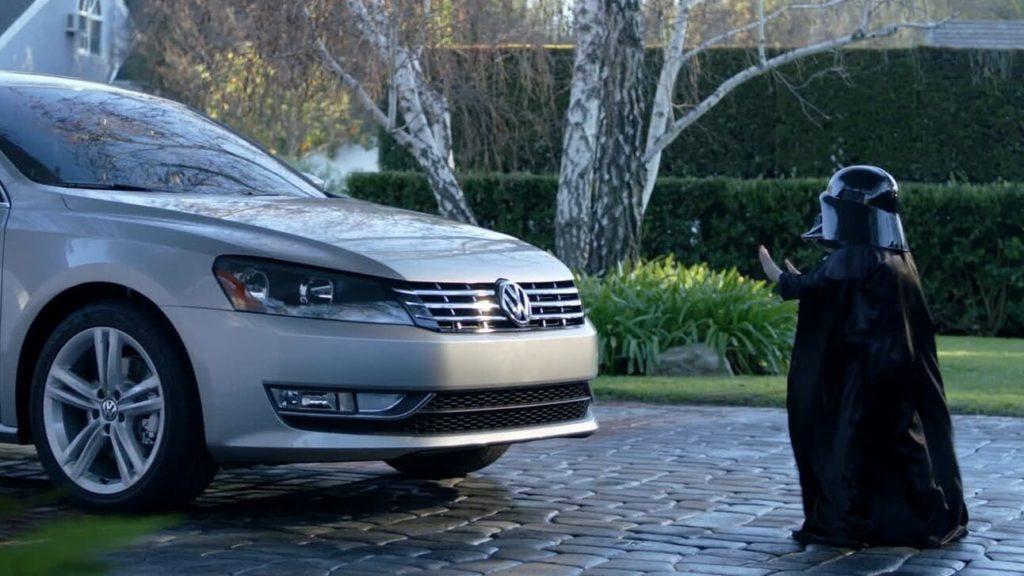A quick programming note: first, I’ll be out of position this week, attending the 2024 USA Hockey Tier 1 national championships in support of Reid Strategic’s social media manager. If you’d like to cheer the Shattuck-St. Mary’s Sabres as they seek back-to-back titles, the scores, stats, and standings are available here.
That means that Cost Curve may go missing or show up in your inbox at more unusual times. Fair warning.
One of the best Super Bowl commercials of the past couple of decades was a Volkswagen spot that featured a kid dressed like Darth Vader. The ad follows the kid as he wanders around the house trying unsuccessfully to use the Force.
Finally, at the end, the little Vader gestures at his father’s Passat and — lo and behold — the car’s lights blink (dad has clicked the key fob). The kid is elated. The audience melts.
I feel like Bernie Sanders has been acting a bit like the Vader kid lately, trying to use the Force on stuff that is utterly outside of his control. And then he pointed at insulin and, most recently, inhalers and — lo and behold — the manufacturers dropped their prices. Bernie is elated.
But Bernie isn’t using the Force any more than the miniature Vader was. In this tortured analogy, “dad” is the removal of the “average manufacturer price cap,” via the American Rescue Plan in 2021. It means that certain medicines that have seen large list price increases over the years are now on the hook for huge rebates to Medicaid.
And the easiest way to get off the hook is to just roll back the list price. Which is what insulin and inhaler manufacturers have done. They clicked their key fob in response to clear regulatory incentives.
But Bernie is doing a victory lap — he was posting about it on social media over the weekend — suggesting the Force is strong with him.
But really, it’s just dad locking the car.
STAT has an insightful story about how the UK’s NICE plans to look at Biogen’s ALS medicine, Qalsody. Qalsody is aimed at a vanishingly small corner of the ALS market — we’re talking like 100 patients in the UK — but NICE isn’t applying its standards for ultra-rare diseases because the larger ALS population is too big. Object lesson in the ability of bureaucracies to understand where medicine is going.
I really have no idea what to do with the continued rash of coverage about the JAMA Network Open research about how inexpensive it is to manufacture GLP-1 meds (and other diabetes treatments). USA Today and STAT are now on the record, and no one seems to recognize the fundamental reality that the cost of goods does not determine the price of medicines in the United States. The value provided to patients, the health system, and society does. (Usually.)
The head of the PBM lobby, JC Scott, is out with a Real Clear op-ed pushing back against the prospect of regulation of his industry. I don’t think that his arguments are particularly well-aligned with the frustrations and criticisms being leveled at PBMs — it’s a tell that Scott utterly ignores the concerns of pharmacists — but I suspect that we’ll find out soon enough whether PCMA has a winning approach here.
If this email was forwarded to you, and you’d like to become a reader, click here to see back issues of Cost Curve and subscribe to the newsletter.





